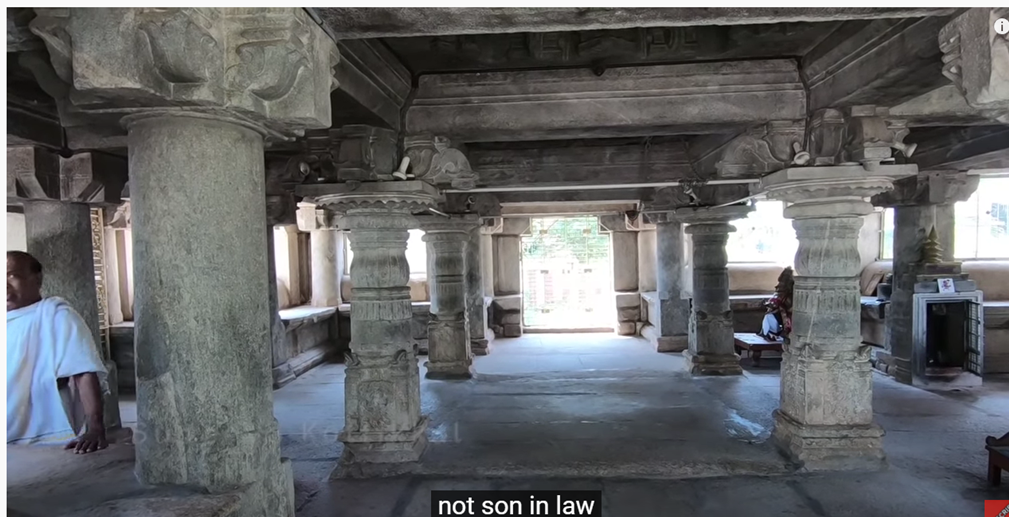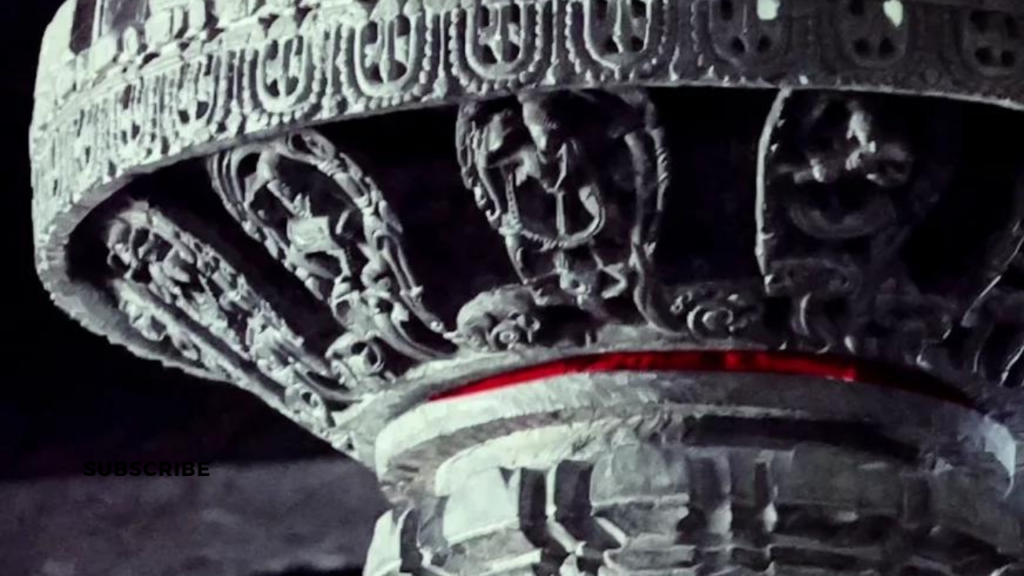Serpant Maze: Indian Symbol of Complexity and Challenge |

The Veerabhadreshwara Temple in Keladi, Karnataka, is a striking example of India’s rich cultural and architectural heritage. This temple is particularly renowned for its intricate stone-carved maze, known locally as the Nagamandala, located within the ceilings of the Navaranga Mantapa. Constructed during the 16th century by the Nayaka chiefs, the temple stands as a testament to the architectural brilliance and artistic dexterity of the period.
The King Can See 32 People But Only 16 Are Visible To Queen In This Temple Of India: 16 Faced Chavadi

So keeping that problem in mind, the distance of the pillars were calculated and arranged such in a manner, that the King can see all 32 people. All his daughters and son in laws, But the queen can only see her daughters. The daughter’s husband sitting next to them were not visible to Queen. Means all seats are visible to one person but for another person only half seats are visible & half seats are not visible, even after sitting at the same place. From the built lay out of the hall only the 16 daughters could be seen but the sons-in-law were veiled by the pillars of the hall or chavadi. This is the specialty of this 16 faced chavadi.
Architectural Wonders Other Than Halebidu Temples: The Majestic Itagi Mahadev Temple in Koppal, Karnataka

Though credit is given to the Hoysalas, for perfecting the art of temple building, but do you know that the first advances were made by the Chalukyas of Kalyana. The Kalyana Chalukyas were the first to use soapstone as the main material. Till then temples were built with sandstone. Art historian Henry Cousens described this monument as ‘the finest in Kannada country after Halebidu’. When it comes to ancient temples, India is a treasure trove of architectural wonders. One such gem is the Itagi Mahadev Temple, located in the quaint town of Itagi in Koppal district, Karnataka.
Rotating Machines Of Ancient India: Indians Were Using Advanced technology To Build These Marvels

In modern days, to rotate two objects that correspond to each other, we use ball bearings. A ball bearing is a type of rolling element that uses balls to maintain the separation between the bearing races. The purpose of a ball bearing is to reduce rotational friction and support radial and axial loads. It achieves this by using at least two races to contain the balls and transmit the loads through the balls. In most applications, one race is stationary and the other is attached to the rotating assembly (for example a hub or shaft). As one of the bearing races rotates, it causes the balls to rotate as well.

